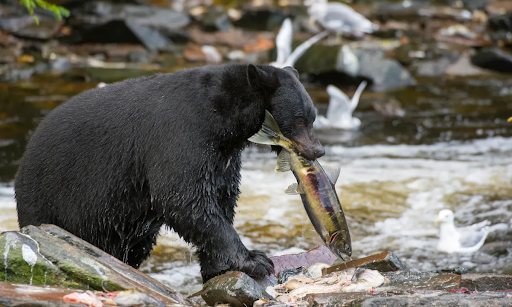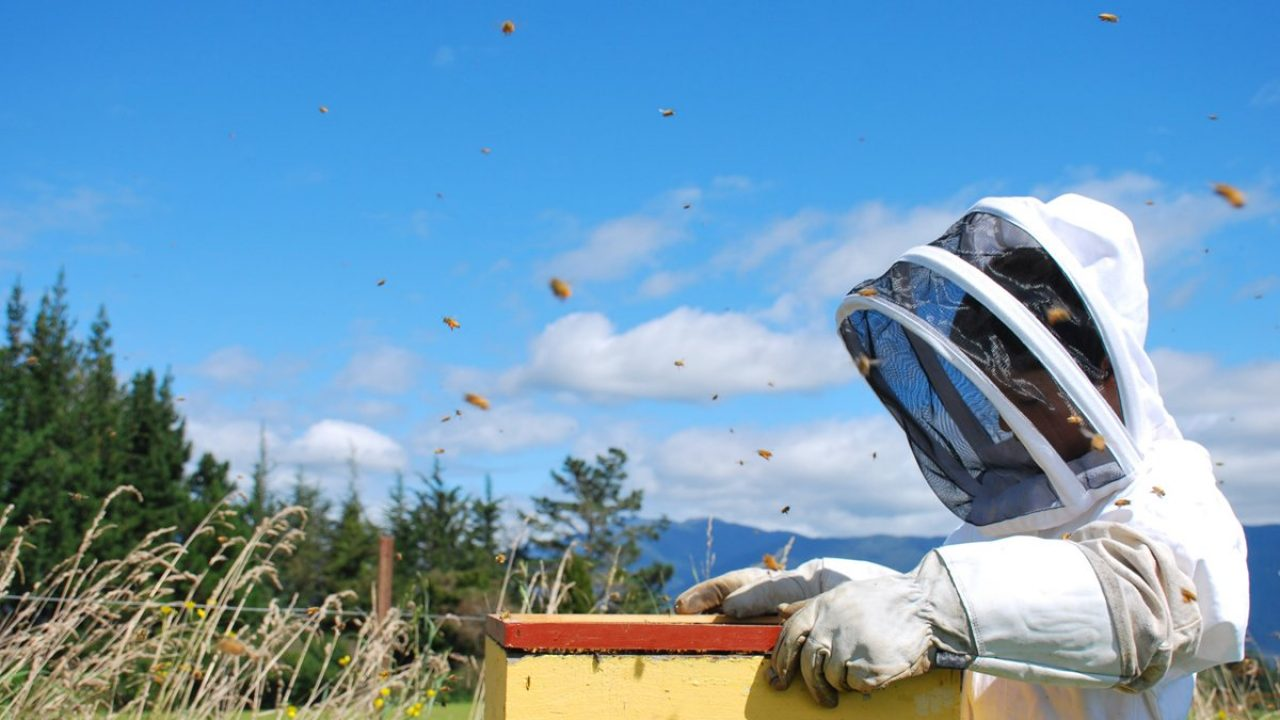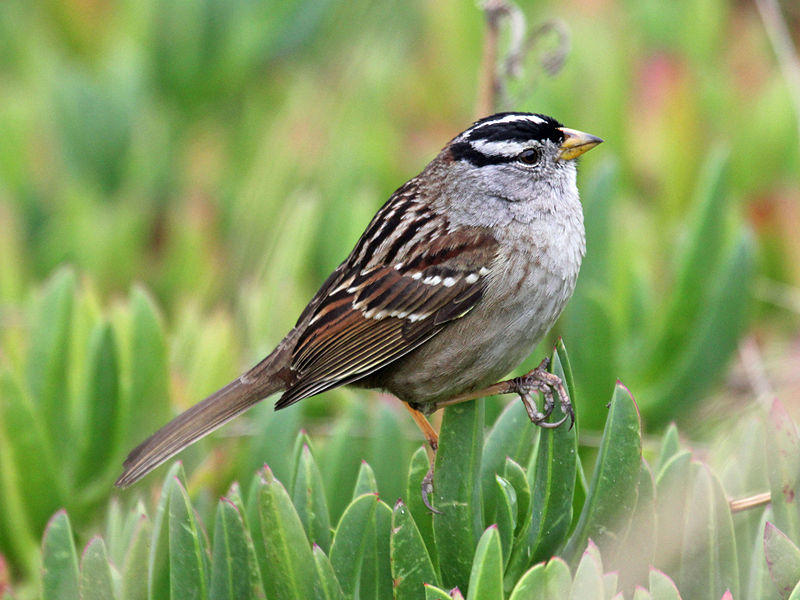Written by: Carolina Labro, Wildlife Rehabilitator
Note from our team: If you found a baby squirrel, opossum, or bird, do not attempt to feed it. Feeding from anyone but a professional rehabilitator may result in additional medical problems. It is easier to treat a hungry patient than it is to feed the issues that may be caused by improper feeding.
We all know that milk is a critical component of nutrition for any wild baby mammal's healthy growth, development, and survival. It supplies essential fats, proteins, antibodies, vitamins, and minerals to the neonate during a very important part of its life. But did you know that there are two crucial aspects of milk when raising orphan babies?
They are Components and Compositions.
Milk has six major components: water, fat, protein, carbohydrates, vitamins, and minerals. However, its composition differs widely from species to species. This difference is closely associated with an animal’s environment, diet, and life history, and is why it is so important never to attempt to bottle feed any orphaned wildlife you may find.
Herbivorous species produce milk lower in fat and protein concentrations due to a diet based on plants and grass. Conversely, omnivorous species produce milk high in fat and protein as a result of animal matter contained in their diet.
The only component that is equal in composition in all types of mammal milk is colostrum, or “the first milk” secreted by nursing mothers. Colostrum is extremely high in immunoglobulins (antibodies) and provides the newborn with immunity to fight gastrointestinal tract infections as it grows.
During the course of lactation, the composition of a mammal’s milk will change drastically to meet the nutritional needs of each developmental stage. For example, a baby Grey Squirrel weighing 45 grams requires a formula with a high fat to low protein ratio. When the same Grey Squirrel reaches 75g, it now requires a formula low in protein and high in fat. Similarly, Virginia Opossums weighing less than 45g require a formula with a medium protein to high-fat ratio, but when they exceed 45g, they require a formula with low protein to medium fat levels.
Although there is no perfect substitute for natural milk, there are specially formulated wildlife milk substitutes based on the analysis of the species' natural milk. When feeding an orphaned wild baby, it is important to know that the wrong formula will cause delayed growth in size, sparse fur, muscle weakness, bone abnormalities, lack of tooth development, and even death. This is due to their immature GI tract being unable to process milk with inappropriate compositions. Products that do not provide adequate nutrition for wildlife include cow’s milk, evaporated milk, human infant formula, plant-based milks, and any homemade recipe.
Knowledge of the specific nutritional requirements of orphan wild babies is vital to support healthy growth and to increase the chance of releasing an animal that can survive in the wild. If you ever come across a wild baby mammal, be sure to bring it to a licensed wildlife rehabilitator as soon as possible!











